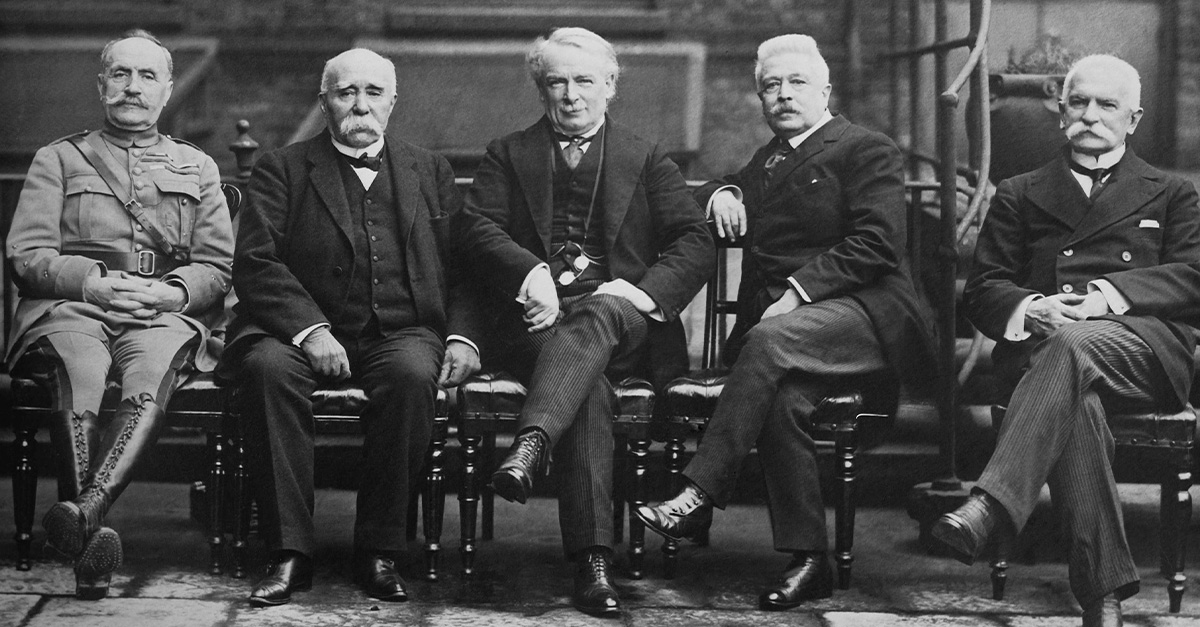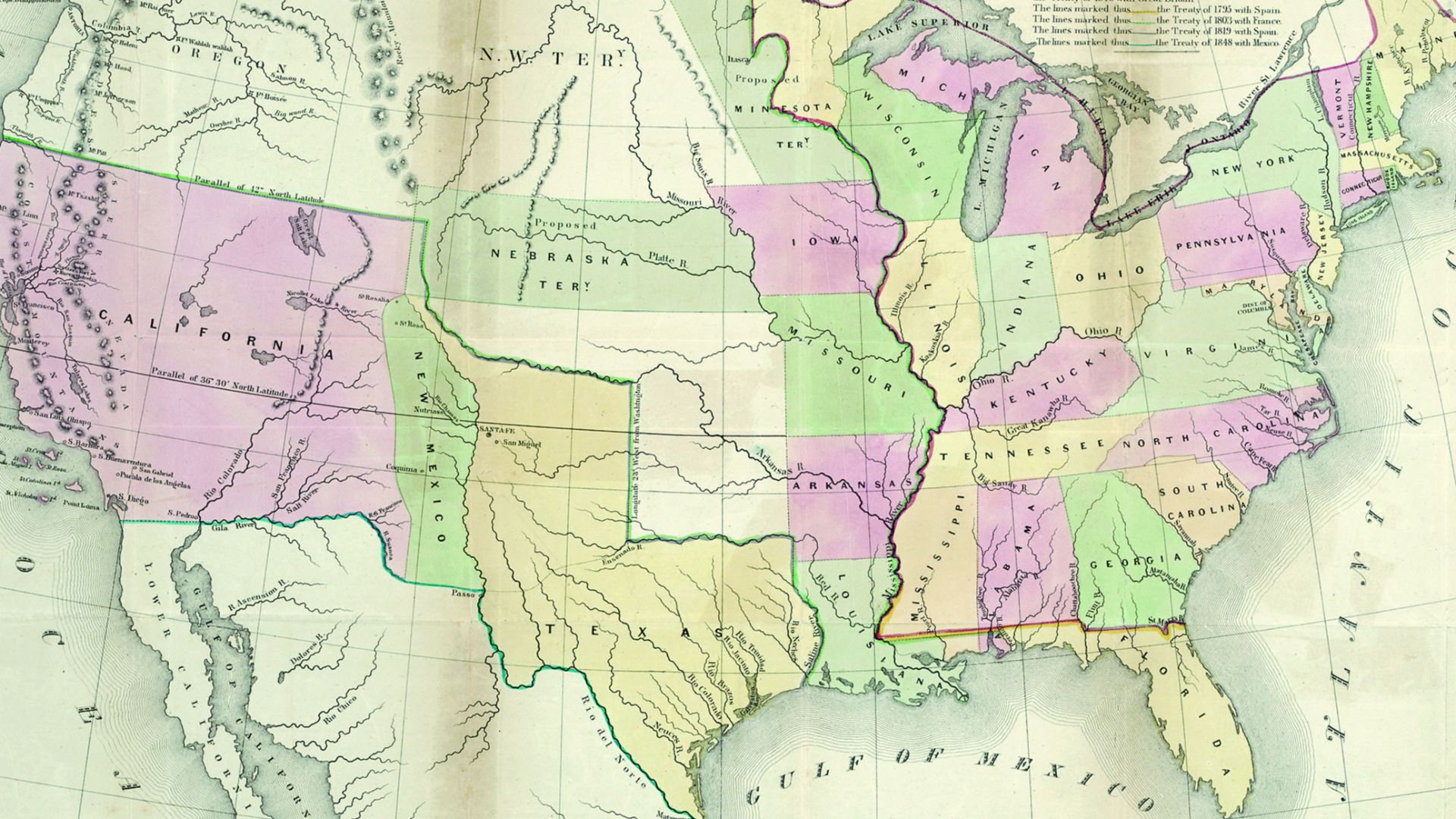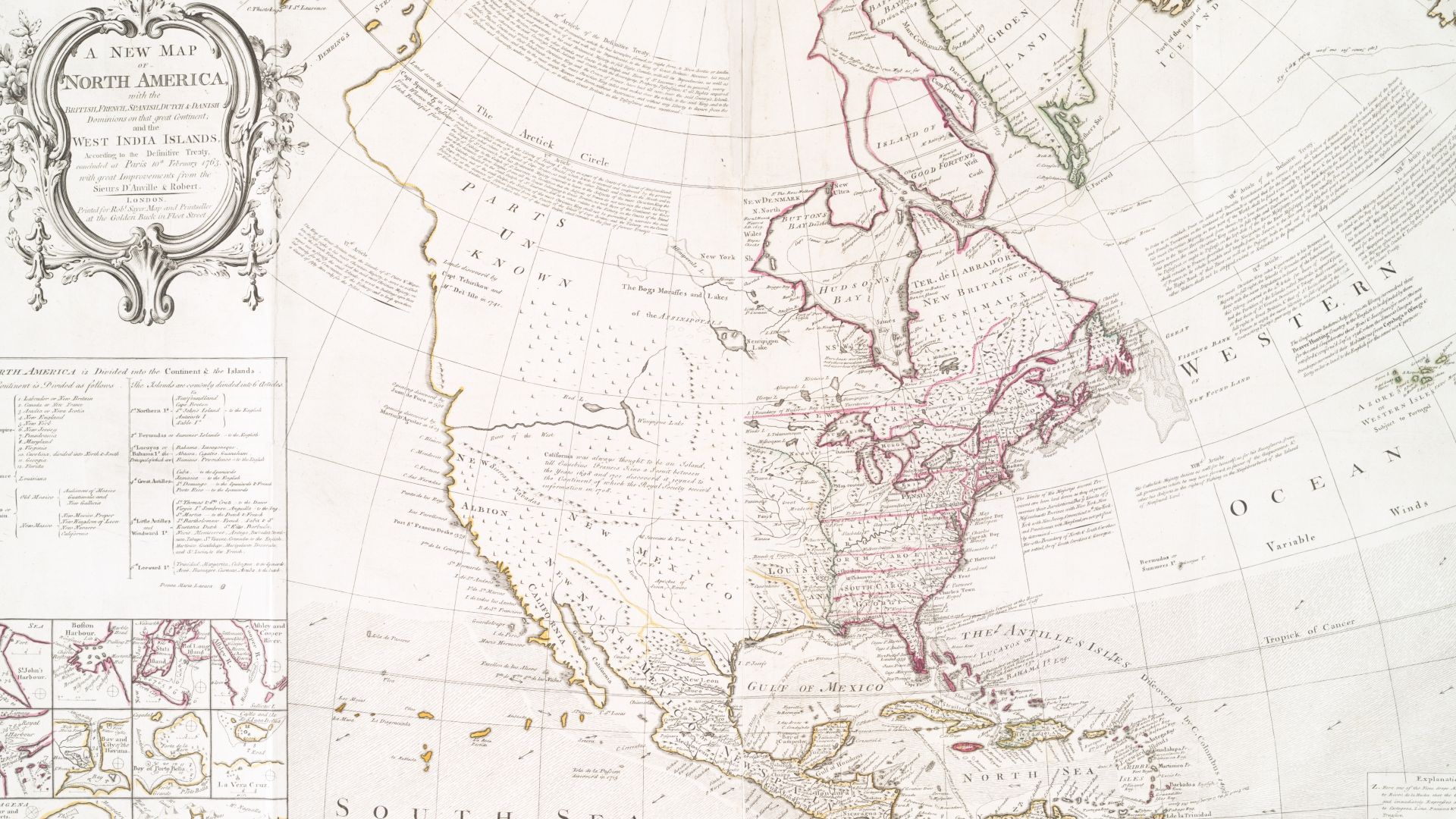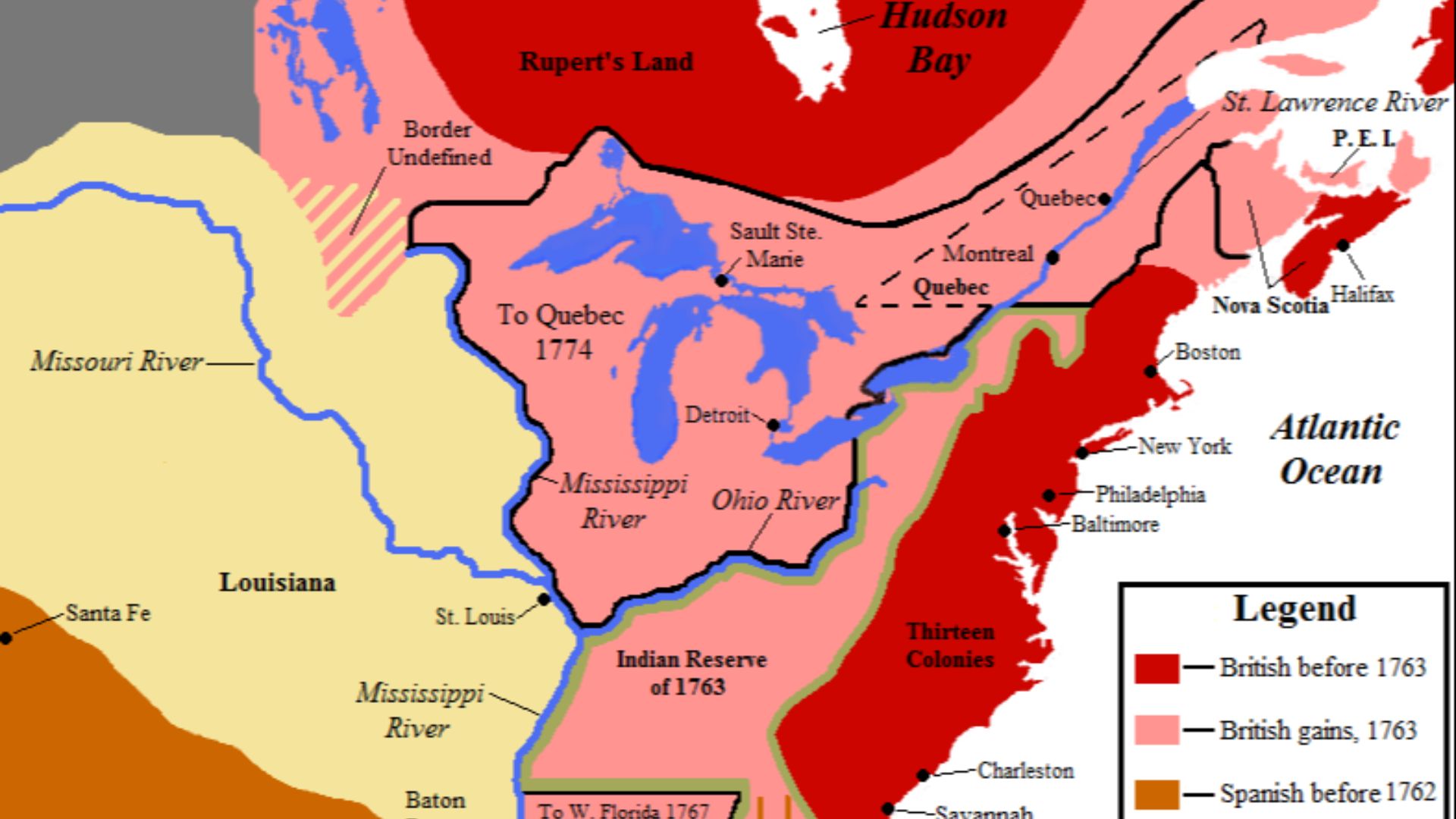These Peace Treaties Might Have Done More Harm Than Good
Negotiating peace between warring nations is a challenging endeavor at the best of times, but once successful, it typically fosters a harmonious future between the two countries. Unless, of course, you're any of these countries, which might have made peace but lost a lot in the process. Let's examine the worst peace treaties ever negotiated.

The Paraguayan War
The Paraguayan War raged from 1864 to 1870 over territorial disputes between Paraguay and a triumvirate of countries known as the Triple Alliance: Argentina, Brazil, and Uruguay. It was the deadliest conflict in Latin American history, with as many as 300,000 deaths on the Paraguayan side. What emerged from it was the Loizaga-Cotegipe Treaty of 1872, followed by the Machain-Irigoyen Treaty of 1876.
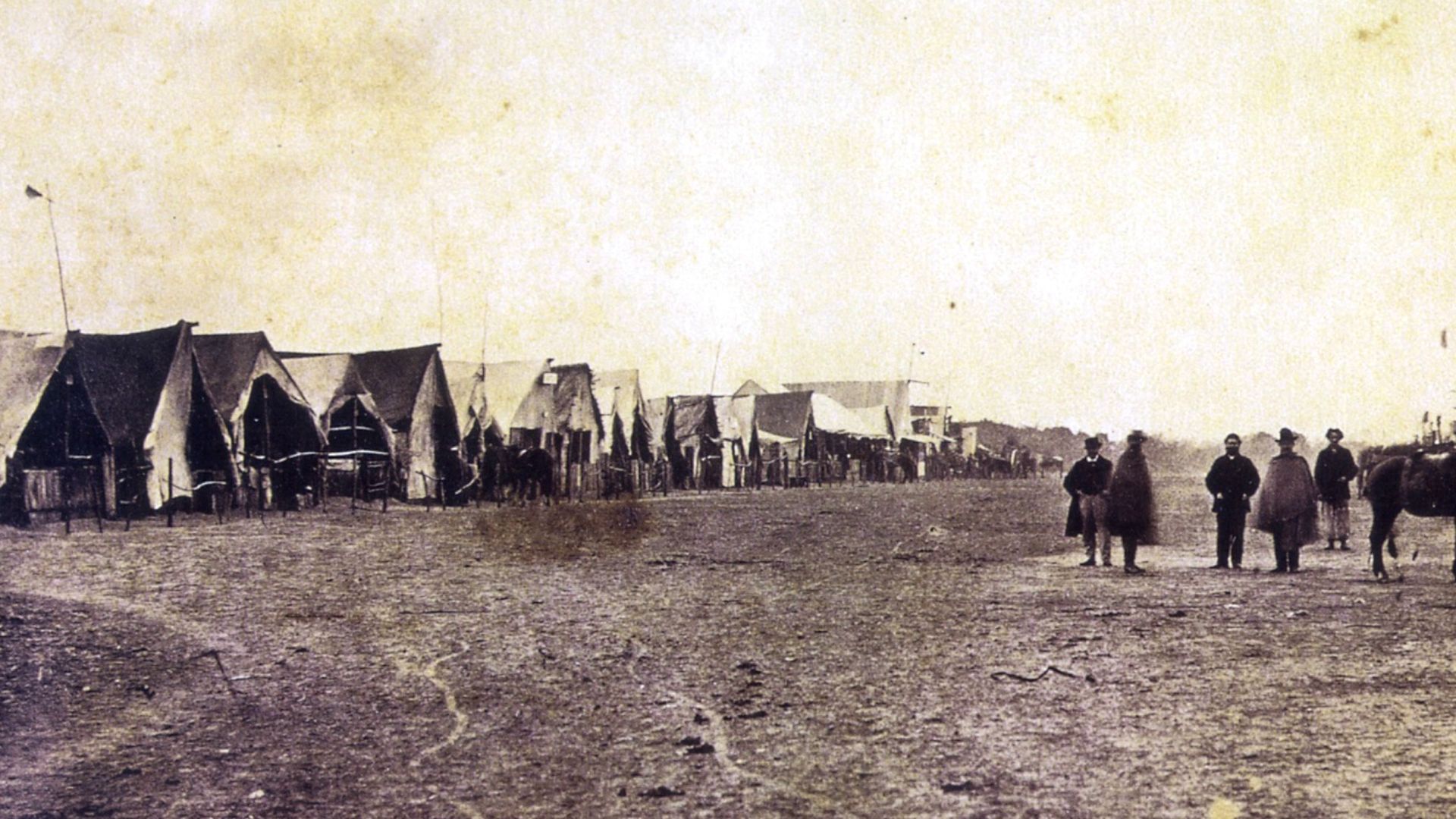 Unknown (18??–18??), Wikimedia Commons
Unknown (18??–18??), Wikimedia Commons
The Treaties That Dismantled Paraguay
Paraguay ultimately lost a significant portion of its territory, along with a substantial portion of its population, in the war's casualty count. Brazil took over territory in 1872, including the right to navigate the major shipping route of the Paraguay River. Argentina did the same in 1876. In total, Paraguay ceded over 54,000 square miles of territory.
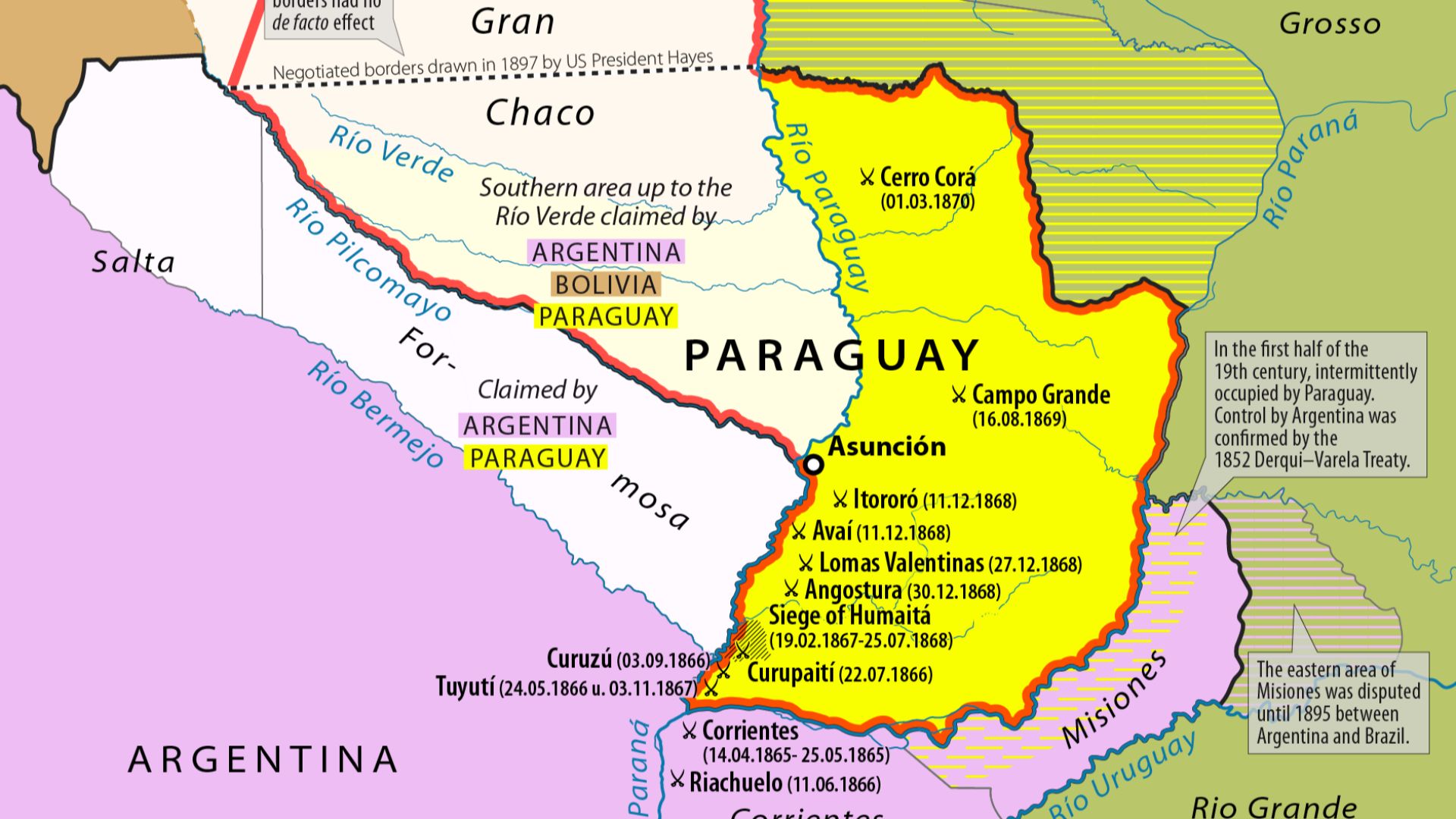 Maximilian Dörrbecker (Chumwa), English translation provided by Metaknowledge, Wikimedia Commons
Maximilian Dörrbecker (Chumwa), English translation provided by Metaknowledge, Wikimedia Commons
The Most Humiliating Of Treaties? Versailles
The Treaty of Versailles is infamous as the document that ended World War I. But you might not think of it as a document of peace if you were German in the late 1910s/early 1920s. Austria-Hungary became two separate countries, and Germany lost 45,000 square miles of territory and 7 million people.
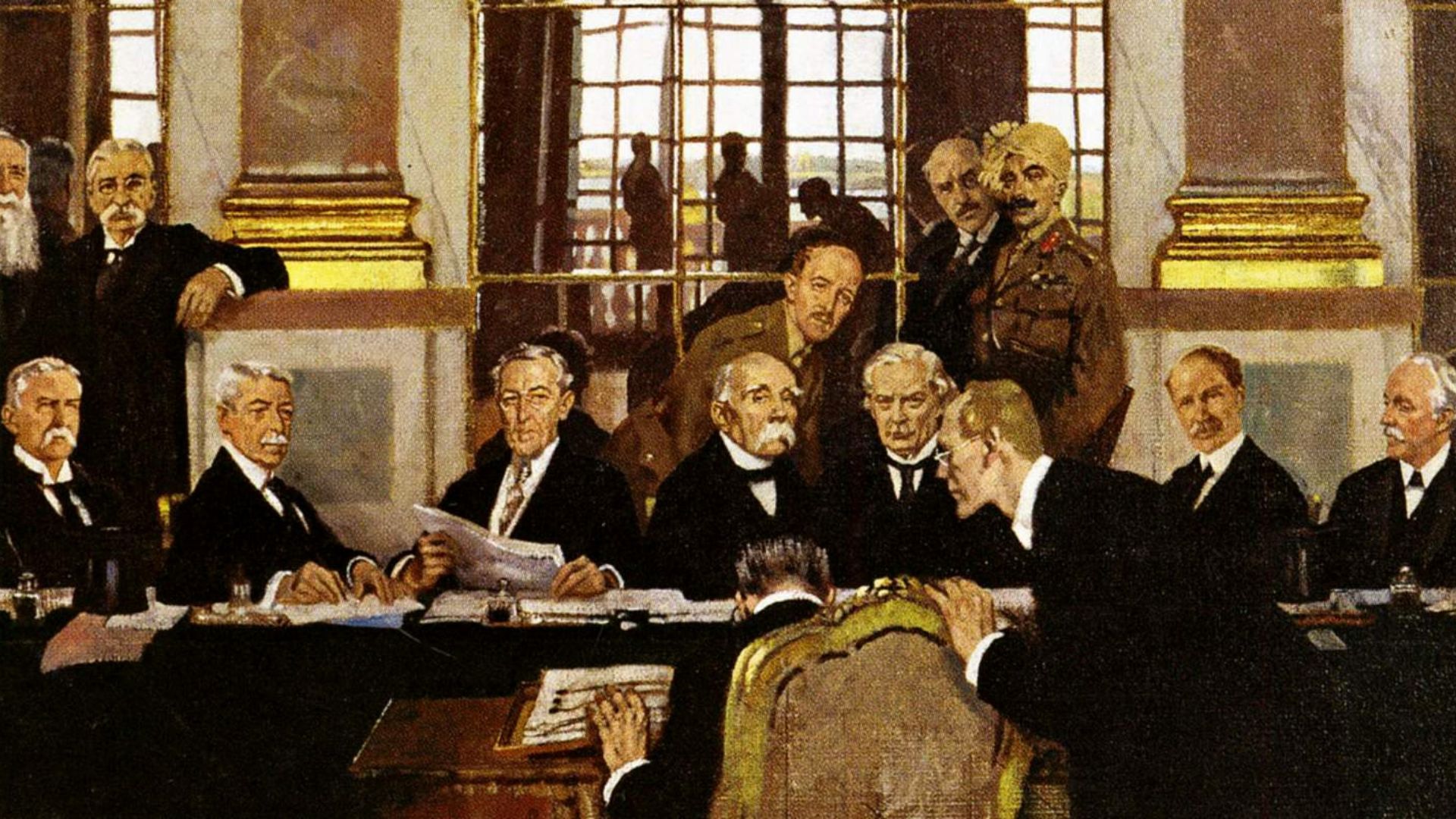 William Orpen, Wikimedia Commons
William Orpen, Wikimedia Commons
Germany Only Finished Paying For World War I In 2010
There wasn't just the territory and the people—the cost was borne by Germany for almost a full century, with the last installment of $269 billion only being paid off in 2010. Some might argue that the "War Guilt Clause," which forced Germany to accept full responsibility for the war, wasn't fair on her. After all, it was her ally who had also been instrumental in beginning the war. One French officer chillingly posited: "This is not a peace. This is an armistice for 20 years".
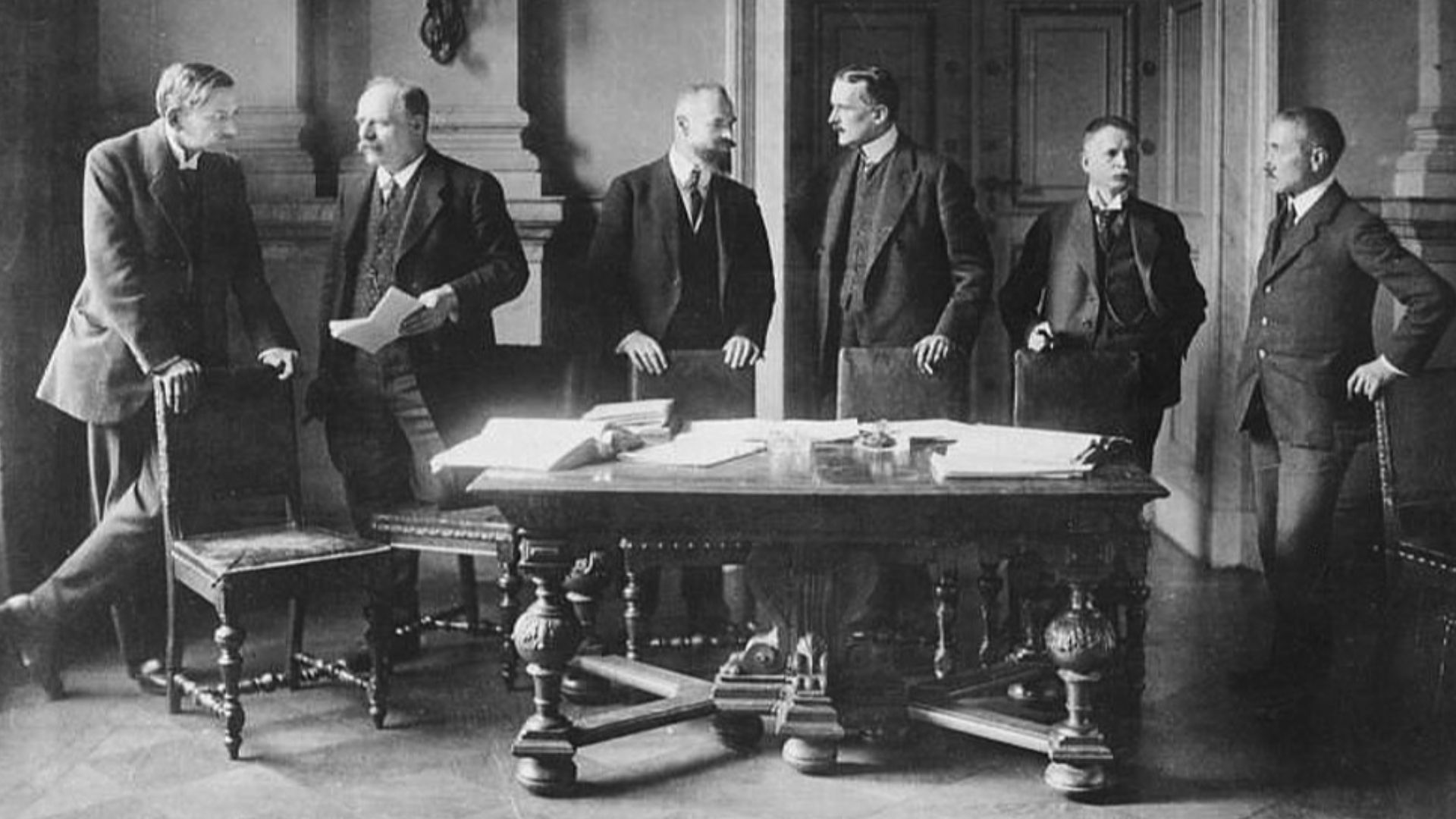 Unknown authorUnknown author, Wikimedia Commons
Unknown authorUnknown author, Wikimedia Commons
A Carthage Calamity After The Second Punic War
The Second Punic War took place between 218 and 201 CE, pitting the Roman Empire against the Carthaginians who ran Carthage, an ancient city in North Africa that is present-day Tunisia. The Second Punic War cost the Roman Empire dearly, but it kept on fighting and was in no mood to be charitable when peace was brokered in 218 CE.
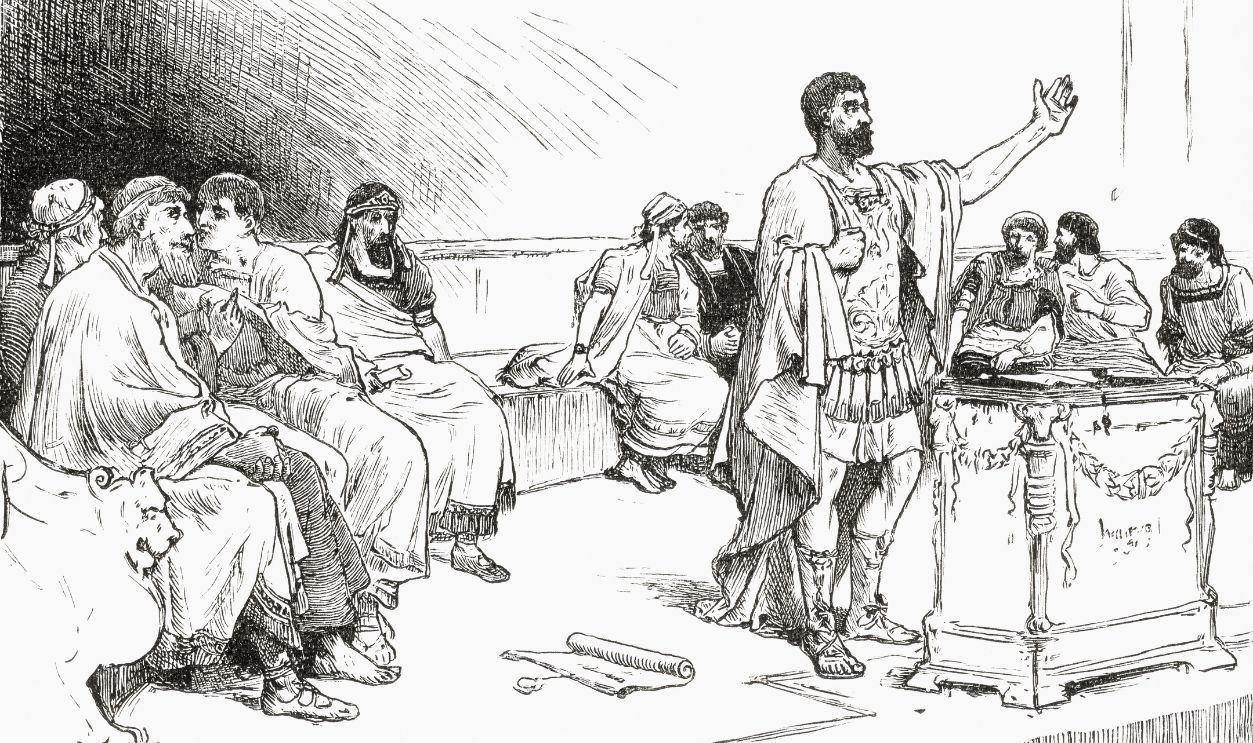 Design Pics Editorial, Getty Images
Design Pics Editorial, Getty Images
Carthage Almost Wiped Off The Map
The peace brokered between Rome and Carthage practically wiped Carthage off the map. Its foreign territory was to be transferred to Roman rule, the mines it had opened in modern-day Portugal and Spain were to be transferred to Roman ownership, and the Carthaginian Navy was to be absorbed by Rome—oh, and they owed Rome 10,000 talents, roughly 6,000 drachme.
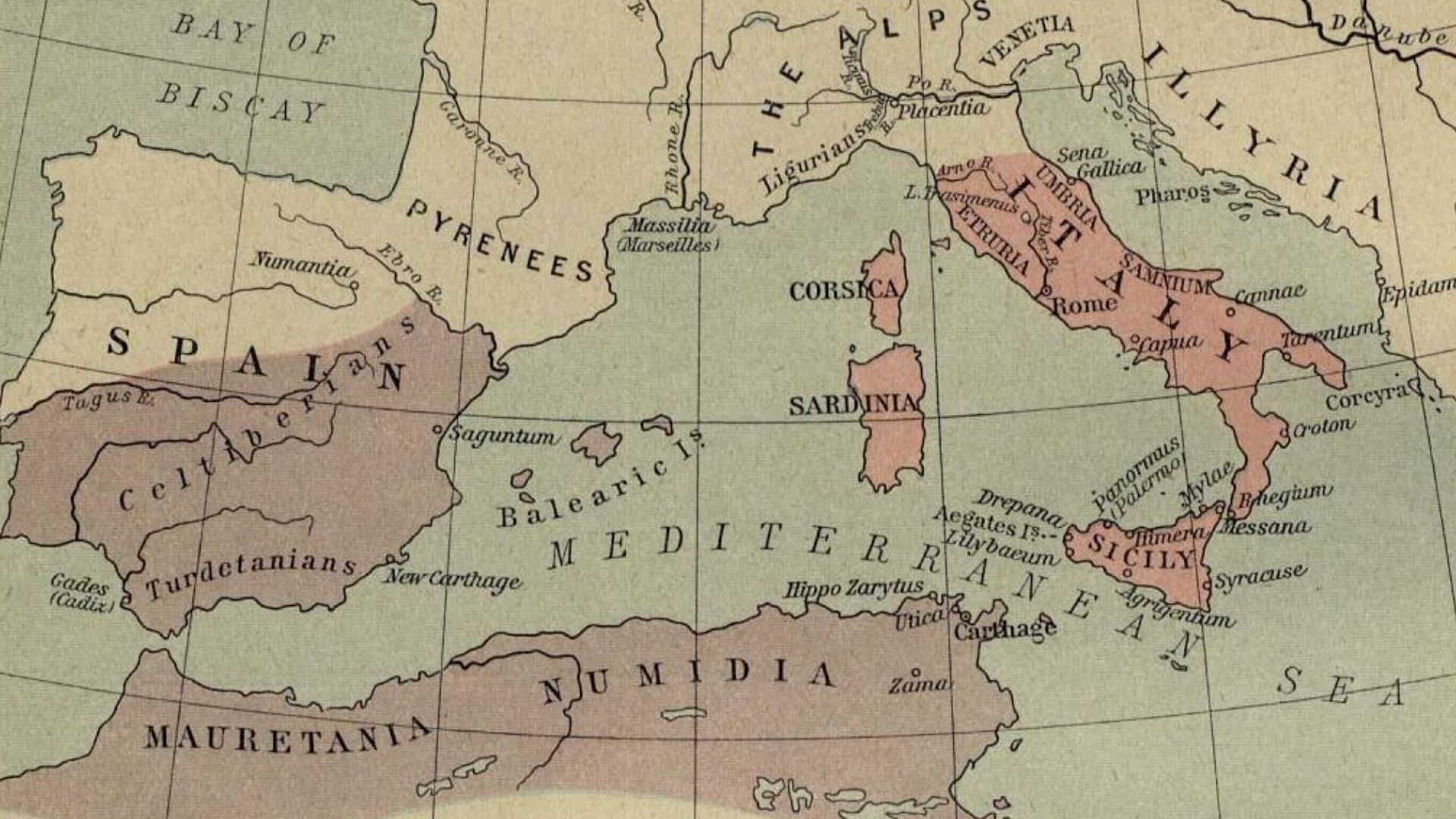 William Robert Shepherd, Wikimedia Commons
William Robert Shepherd, Wikimedia Commons
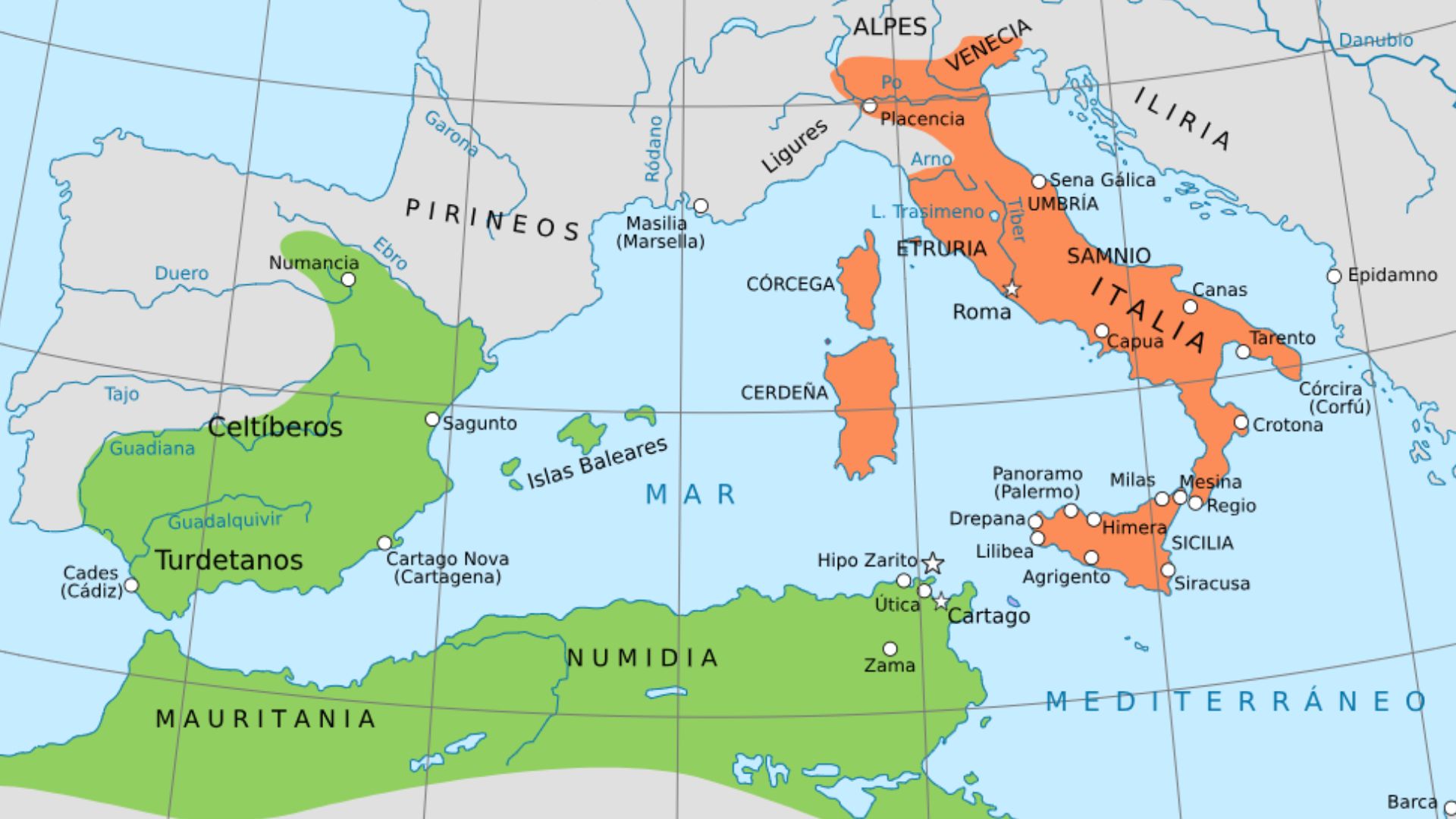 The Opium Wars Bring China To Its Knees
The Opium Wars Bring China To Its Knees
Despite the relatively secluded nature of Chinese conflict before the 20th century, the Opium Wars, from 1839-42 and 1856-60, saw China relinquish their grip on the opium trade to foreign powers. The opium trade with the British East India Company was damaging the economy and society to the point of collapse. The Chinese emperor Daoguang launched a war on the British East India Company to stop the flow of opium into China.
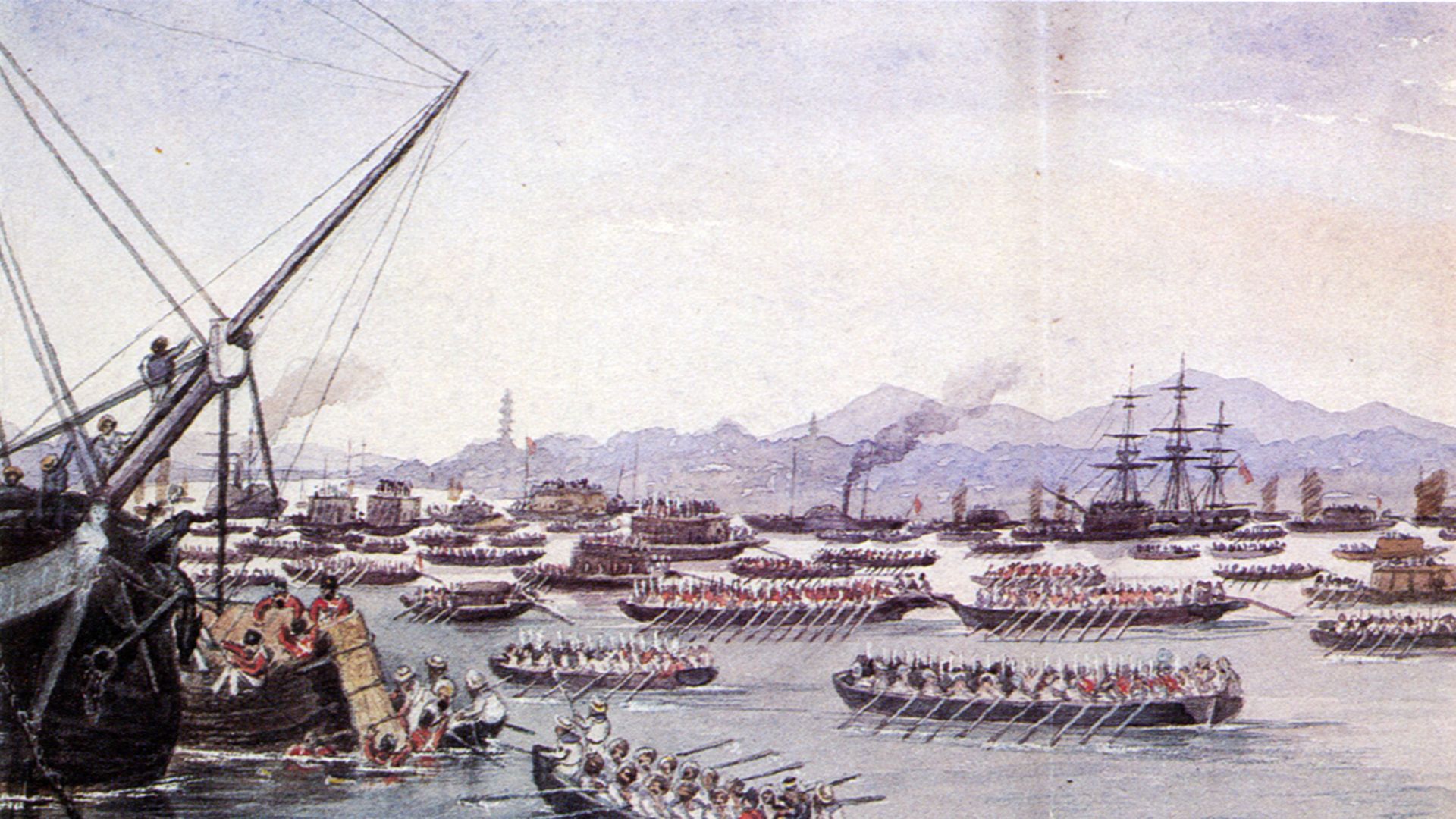 Edward H. Cree, Wikimedia Commons
Edward H. Cree, Wikimedia Commons
The Treaties of Nanking & Tientsin Heavily Favored The West
Subsequent treaties in 1842 (Nanking) and 1858 (Tientsin) heavily favored Western powers, in particular Great Britain. Among other things, the British were granted 20 million in silver dollars, access to ports in China, and an endless lease of the Kowloon peninsula (in present-day Hong Kong). The second treaty made citizens of Great Britain exempt from local laws and further opened up ports for British access. This led to the British controlling Hong Kong for more than a century.
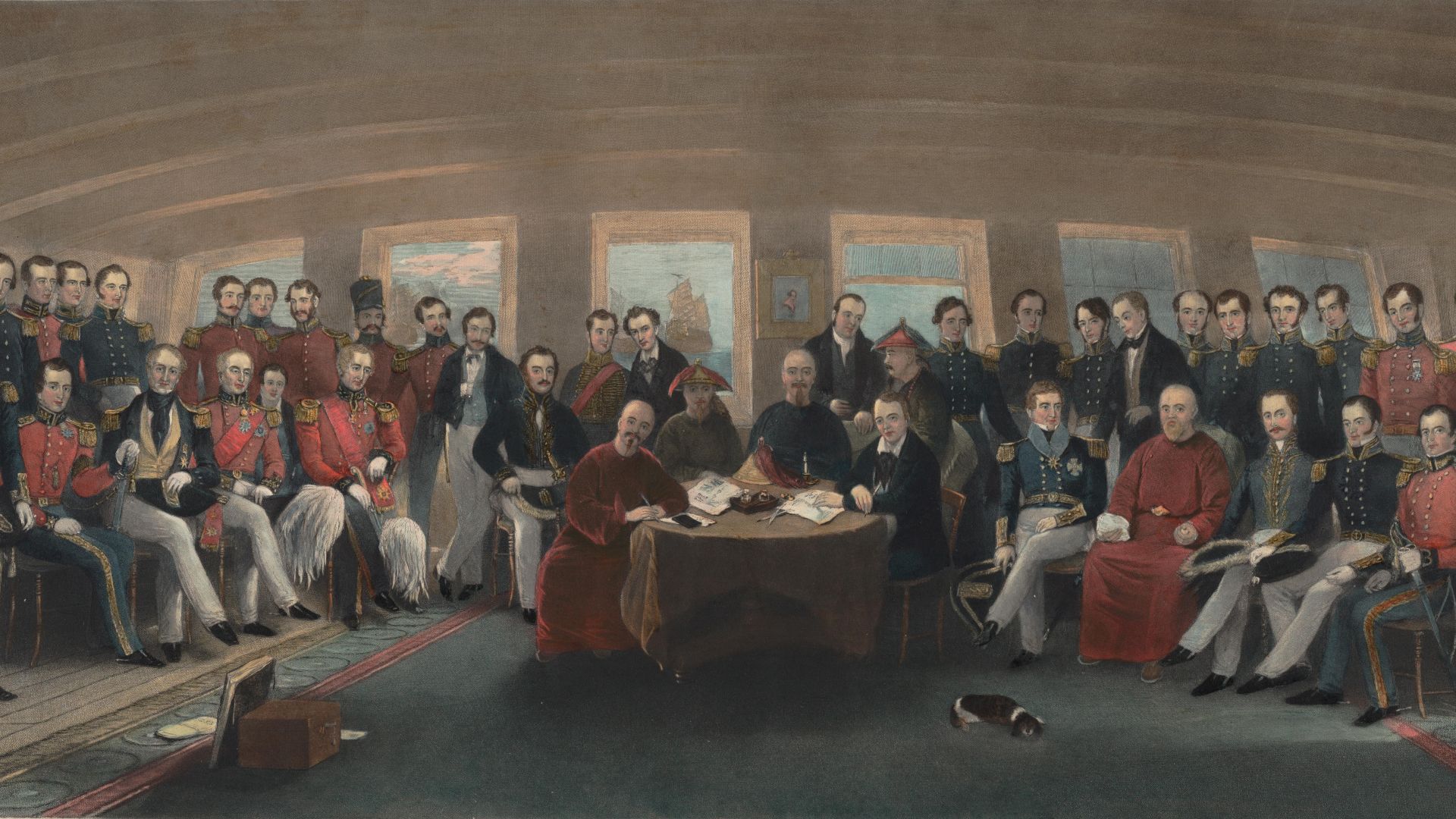 Painted by Captain John Platt, Bengal Volunteers. Engraved by John Burnet., Wikimedia Commons
Painted by Captain John Platt, Bengal Volunteers. Engraved by John Burnet., Wikimedia Commons
The United States Forces Trade With Japan
Despite adopting an isolationist trade policy for centuries, Japan was about to endure the wrath of the United States Navy. Unless... they opened a trade port with the fledgling nation. Before 1853, when Commodore Matthew Perry arrived in Japan with three gunboats to "ask" for a trade deal, the Dutch had been leased a single harbor in Nagasaki by the Japanese government.
 Unknown authorUnknown author, Wikimedia Commons
Unknown authorUnknown author, Wikimedia Commons
Japanese Modernization Occurs Due To Trade With The West
After the Japanese agreed to trade with the United States by opening three ports to American ships, it spelled the beginning of the end for the shogunate movement in Japan and ushered in enhanced modernization. American warships docking in their harbors were enough to drive the Japanese to overthrow the shogun in the Meiji Restoration of 1868.
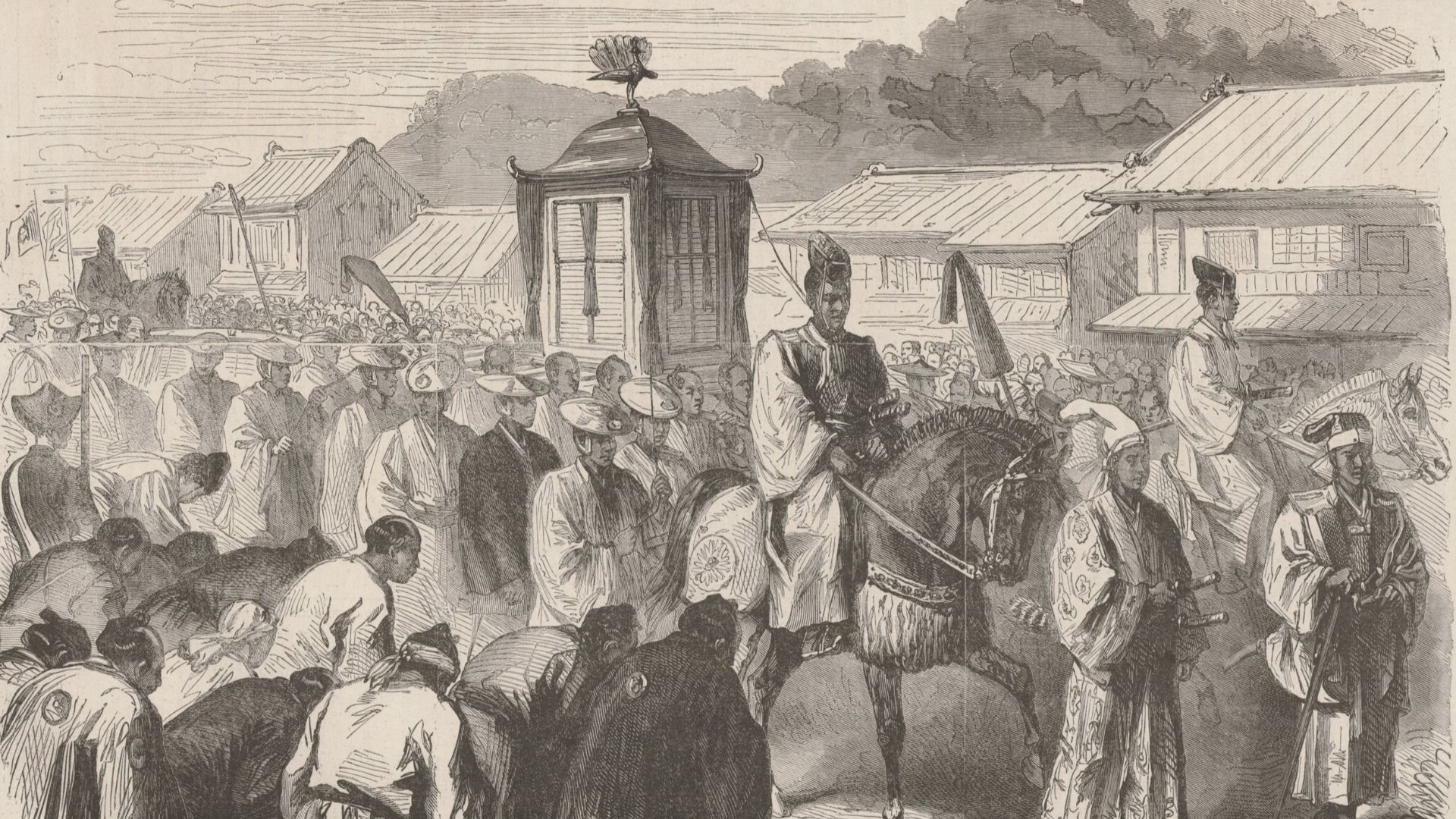 Alfred Roussin, Wikimedia Commons
Alfred Roussin, Wikimedia Commons
The First Treaty Of Versailles Formed The German Empire
The World War I-ending Treaty of Versailles wasn't the first treaty to bear that name. That "honor" goes to the Treaty of Versailles signed 1871, as a result of the Franco-Prussian War of 1870. The French were defeated and the Kaiser was crowned inside a French palace (Versailles), with the French also being charged 5 billion francs for the war.
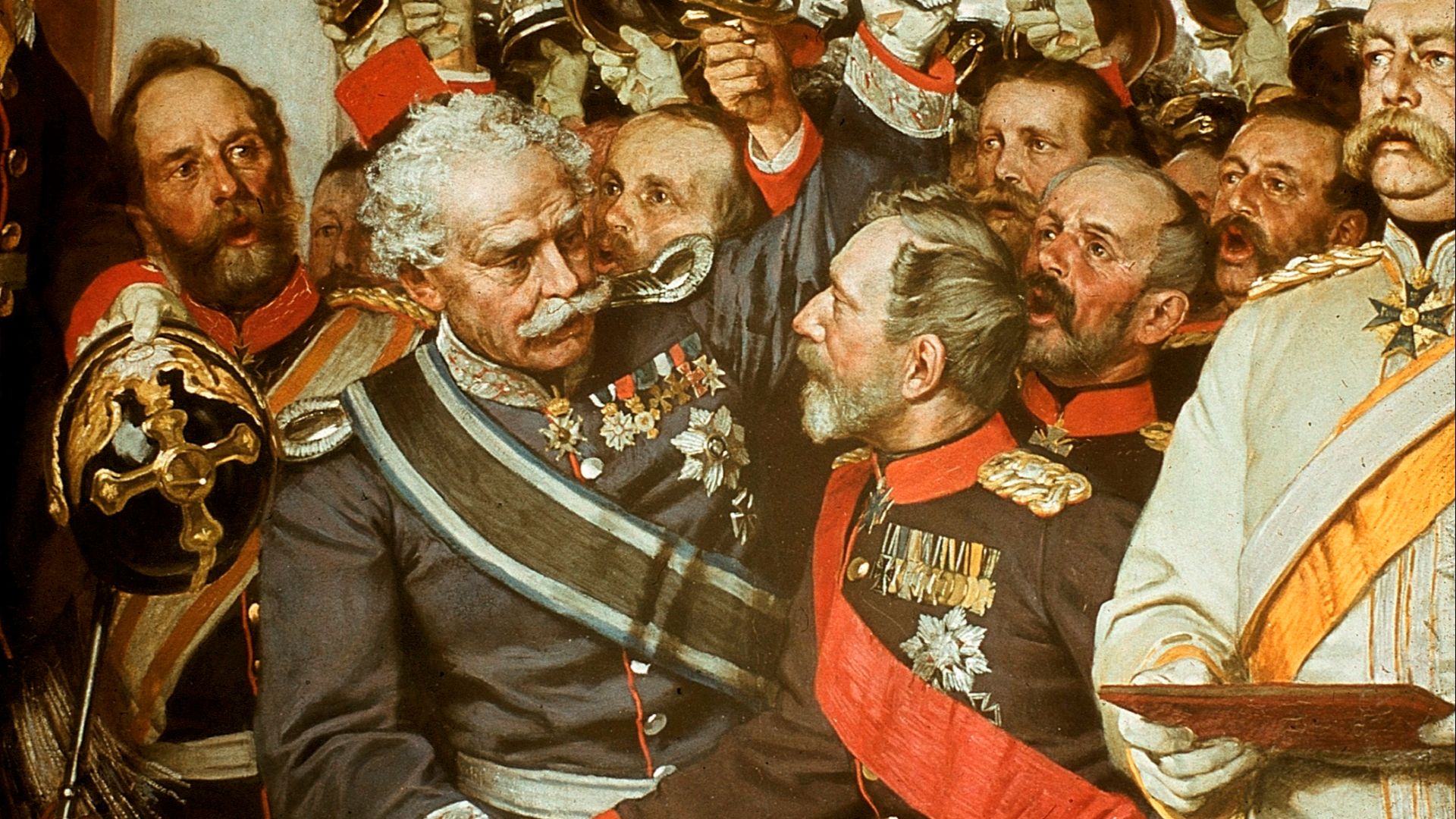 Anton von Werner, Wikimedia Commons
Anton von Werner, Wikimedia Commons
The Alsace-Lorraine Affair
It wasn't just the money and humiliation of having a German king crowned in a French palace that France had to endure. No, worse was the loss of Alsace-Lorraine to Germany, as the Germans wanted a buffer zone to prevent a French invasion. The conflict over Alsace-Lorraine would be one of the precursors to the establishment of the German Empire and, eventually, World War I.
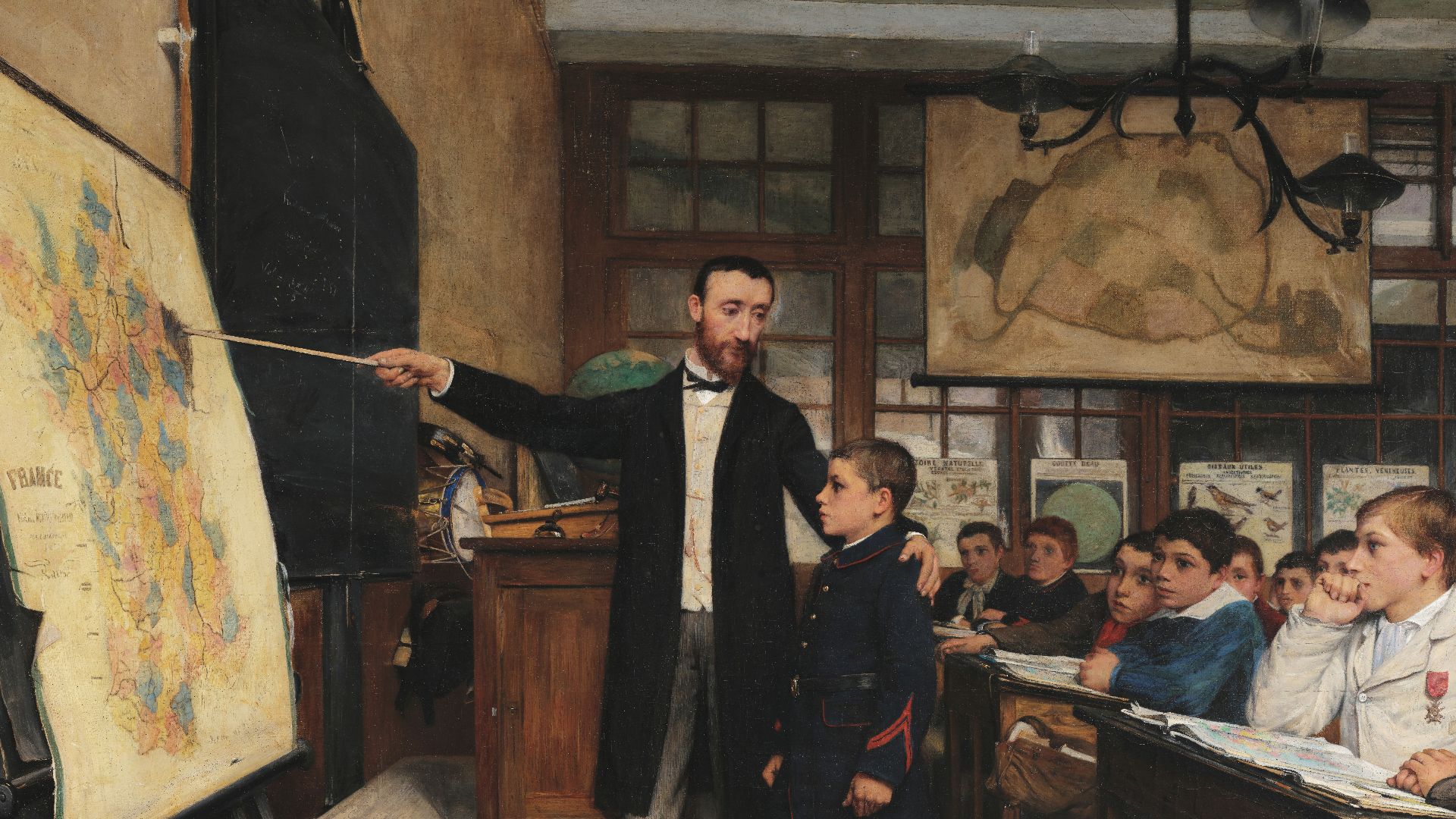 Albert Bettannier, Wikimedia Commons
Albert Bettannier, Wikimedia Commons
The Mexican-American War Cost Mexico Dearly
The Mexican-American War was a territorial dispute that raged between Mexico and the United States, from 1846 and 1848. During those two years, Mexico would lose troops and territory after an American invasion of the state of Texas (which America annexed in the early 1840s), but their humiliation would be complete in 1848, with the Treaty of Guadalupe-Hidalgo.
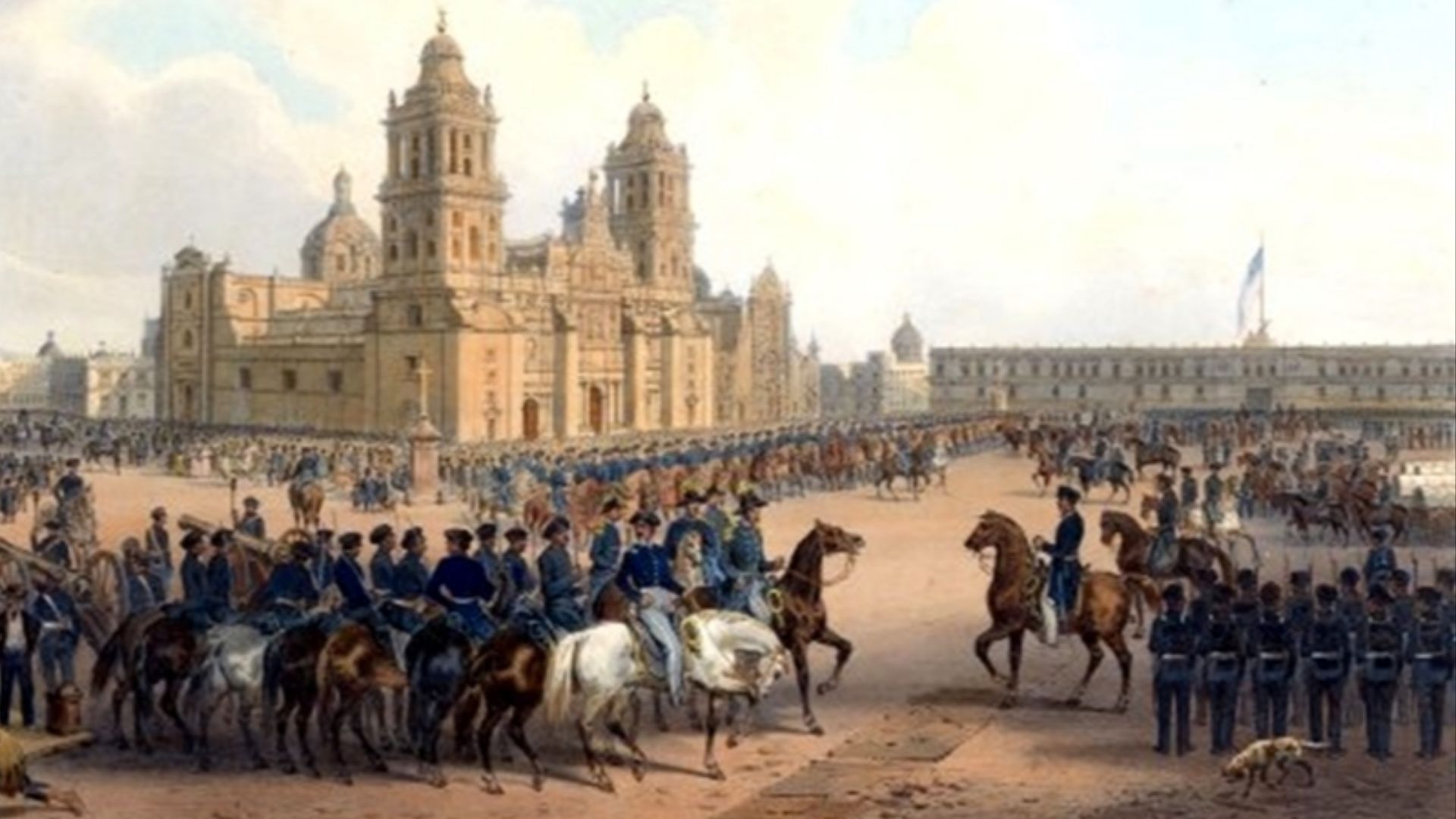 Adolphe Jean-Baptiste Bayot / Carl Nebel, Wikimedia Commons
Adolphe Jean-Baptiste Bayot / Carl Nebel, Wikimedia Commons
More Than Half Of Mexico's Entire Landmass Gone
Imagine your country sits down with another country and BOOM, half your entire landmass evaporates with the stroke of a pen? Well, that's sort of what happened to Mexico. In 1848, the Treaty of Guadalupe-Hidalgo would result in the loss of 530,000 square miles of Mexican territory to the United States, including the states of California, Texas, New Mexico, Utah, Nevada, Arizona, parts of Colorado, Oklahoma, Kansas, and Wyoming in exchange for $15 million.
Shrinking Russia By More Than A Million Square Miles In 1918
Russia and Germany weren't on the same side during World War I. In fact, Russia was losing the war on the Eastern Front to the armies of the Central Powers. Lenin and Trotsky negotiated the Treaties of Brest-Litovsk in 1918 at the tail-end of the war. The "victory" in the Eastern Front would graciously come too late for the German Empire, who made peace in the Treaty of Versailles just a few months later.
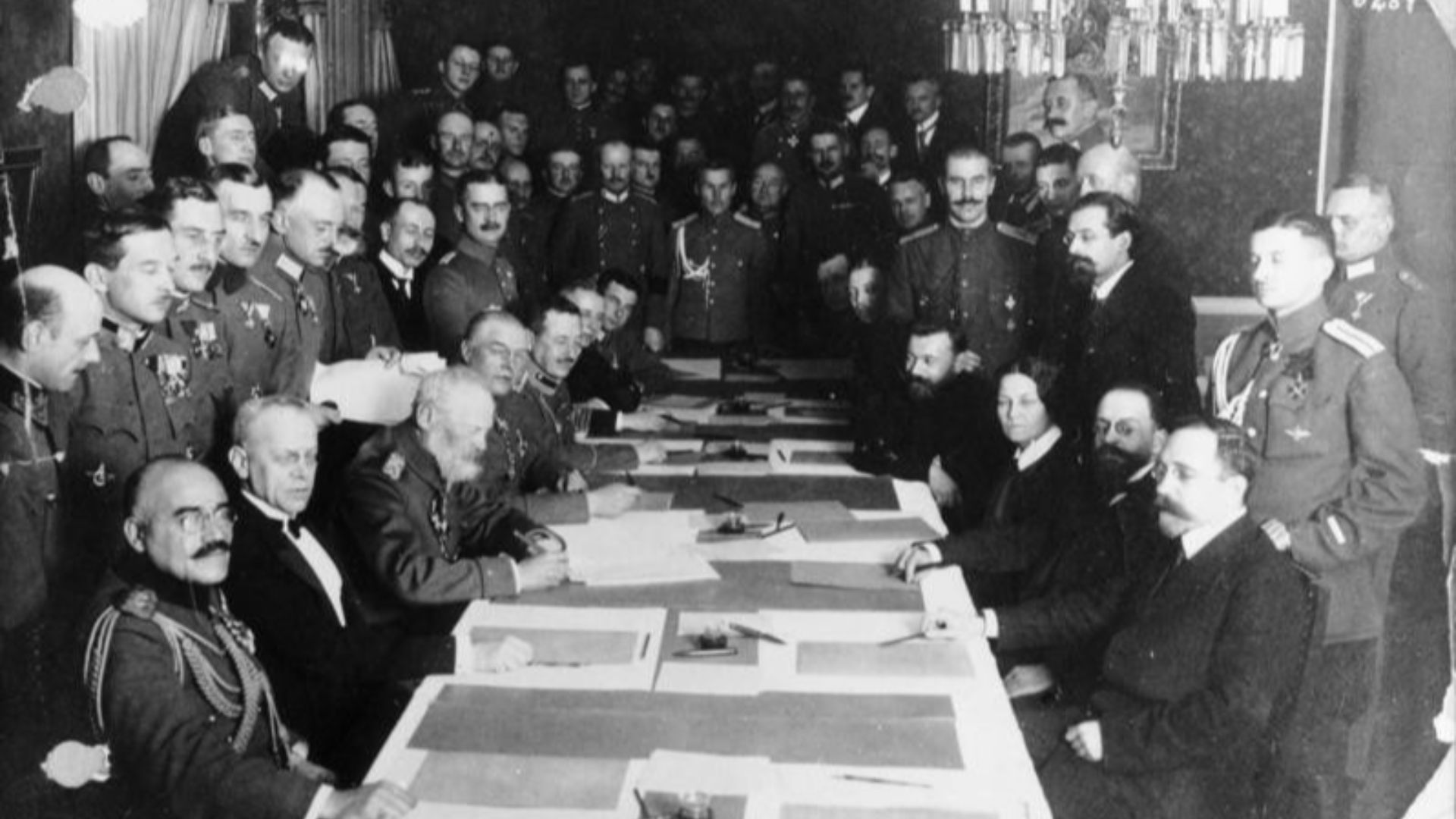 UnknownUnknown , Wikimedia Commons
UnknownUnknown , Wikimedia Commons
Russia Lost More Than A Million Square Miles
Russia's territory shrank significantly after the Treaties of Brest-Litovsk were signed, including the recognition of Finland, Estonia, and Ukraine as independent nations, while ceding Poland and Latvia to the German Empire. In total, more than 1 million square miles of Russia was gone along with vast natural resources of oil, coal, and iron.
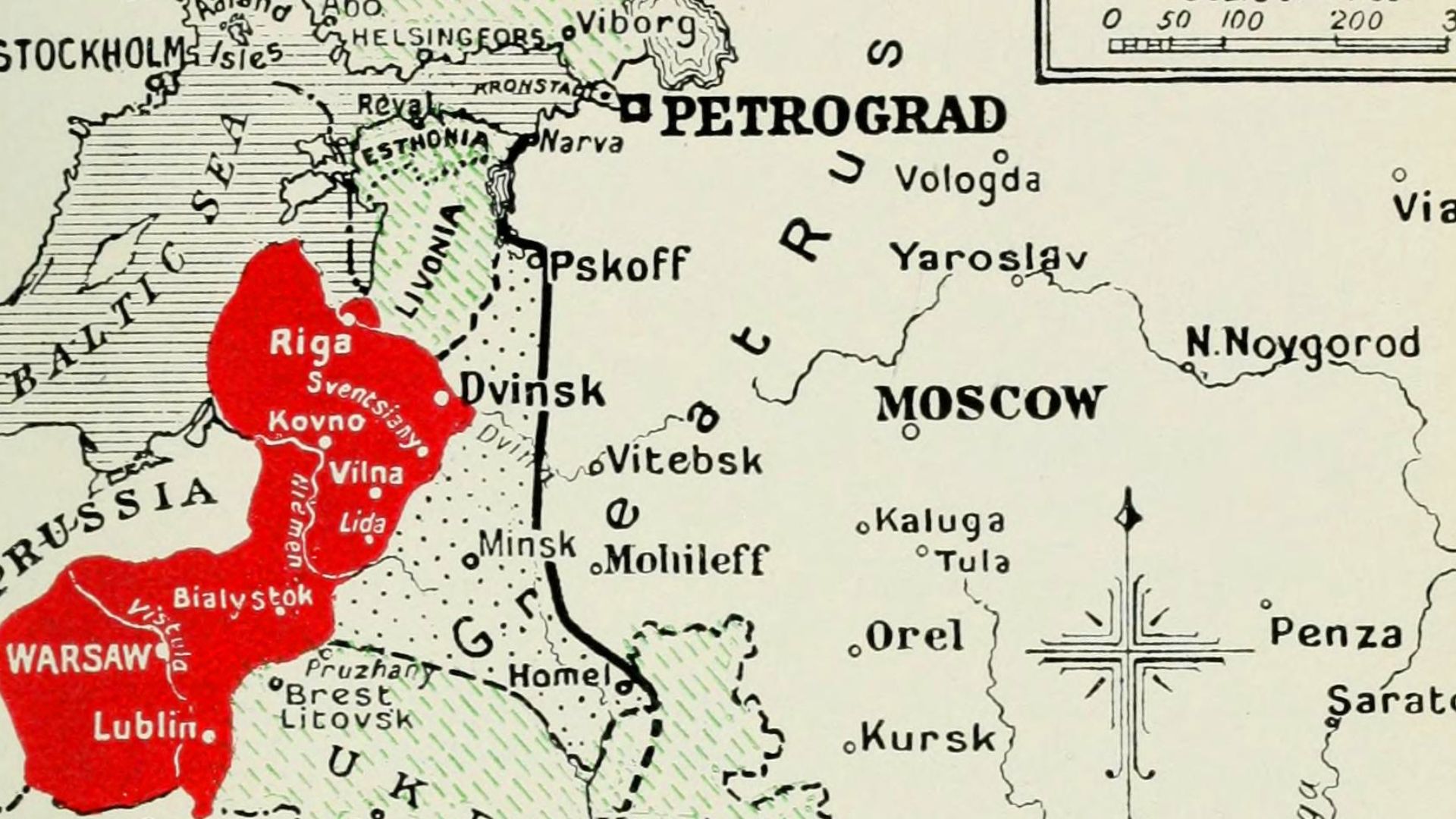 Unknown authorUnknown author, Wikimedia Commons
Unknown authorUnknown author, Wikimedia Commons
The French Lose A Resource-Rich Country In 1763
The French had been at war in Canada since 1756, fighting against the British and the Six Nations of the Iroquois Confederacy, vying for control over British North America (areas settled and colonized by Britain) and New France. Concluding after seven years with the Battle of Signal Hill, which saw the French defeated, the Treaty of Paris in 1763 saw most major European powers give up claims to North America.
France And Spain Lose Out, Britain Emerges Victorious And Almost All-Powerful
Under the Treaty of Paris, the French and Spanish gave up claims to all of their North American territories, including areas of New France (now Quebec and northern Ontario), with Spain giving up control of Florida. Although the French and Spanish lost virtually everything in North America and Britain emerged as the sole superpower on the continent, that victory would last just a few short years.
Russia Lost Its Appetite For Expanding Eastward When Beaten By A Much Smaller Force
In the latter quarter of the 20th century and very early years of the 21st century, Russia was expanding its territory at a rapid pace in the Far East. That is, until they met the never-say-die Japanese military. The Russo-Japanese War from 1904-05 would end in a humiliating defeat for the huge Russian military against the minnow-like force strength of Japan.
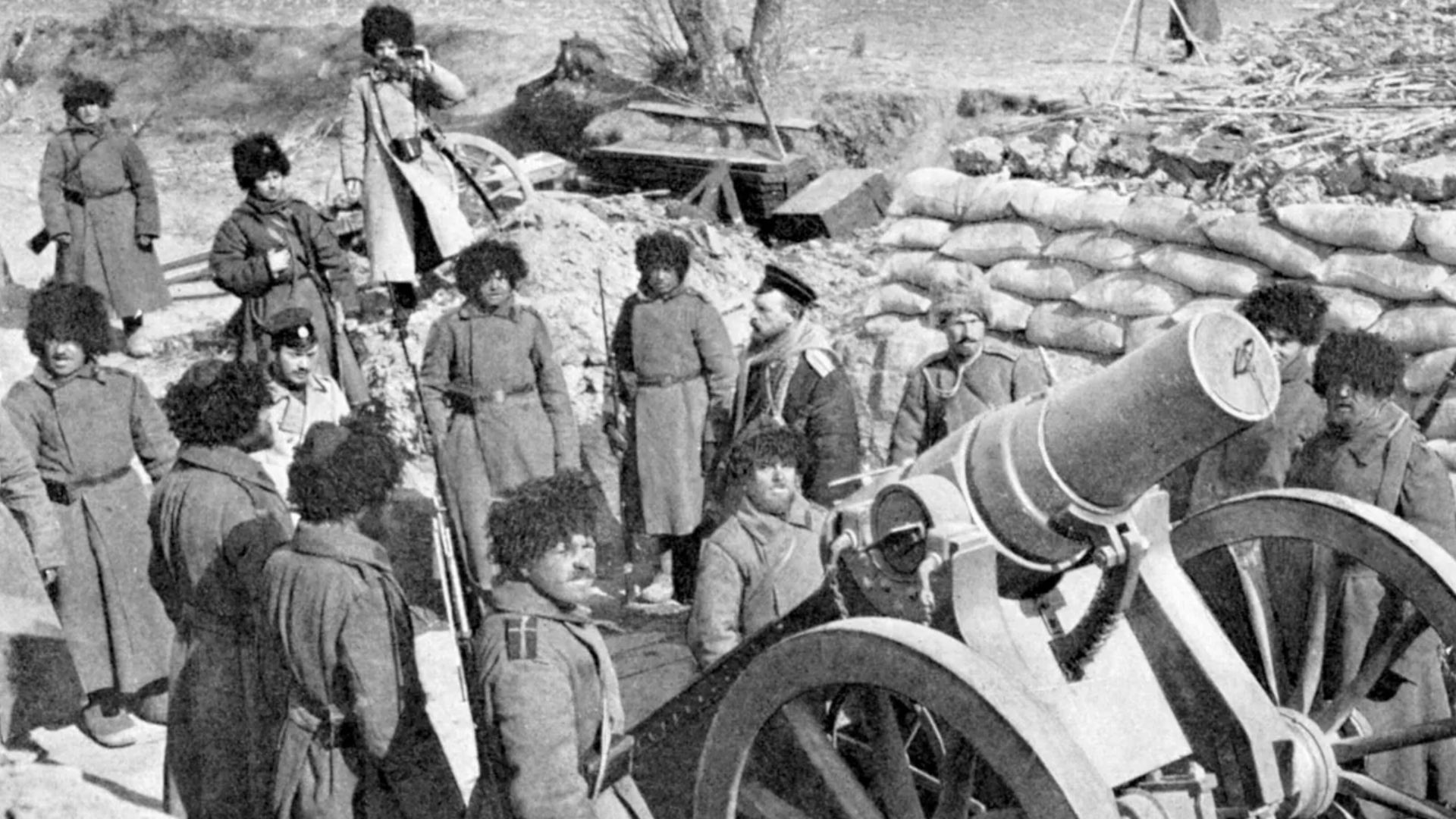 Unknown authorUnknown author, Wikimedia Commons
Unknown authorUnknown author, Wikimedia Commons
A Humiliating Defeat That Led To Russian Reforms
As the Japanese defeated the Russian Baltic Sea fleet humiliatingly at Tsushima in 1905, Russia was forced to seek peace terms, which were negotiated in Portsmouth, New Hampshire by President Theodore Roosevelt, who won the Nobel Peace Prize for his efforts. Internally, Russia was nearly broken by revolution but that was repressed by the Tsar, who ushered in social reforms instead. Although, this would last only a decade.
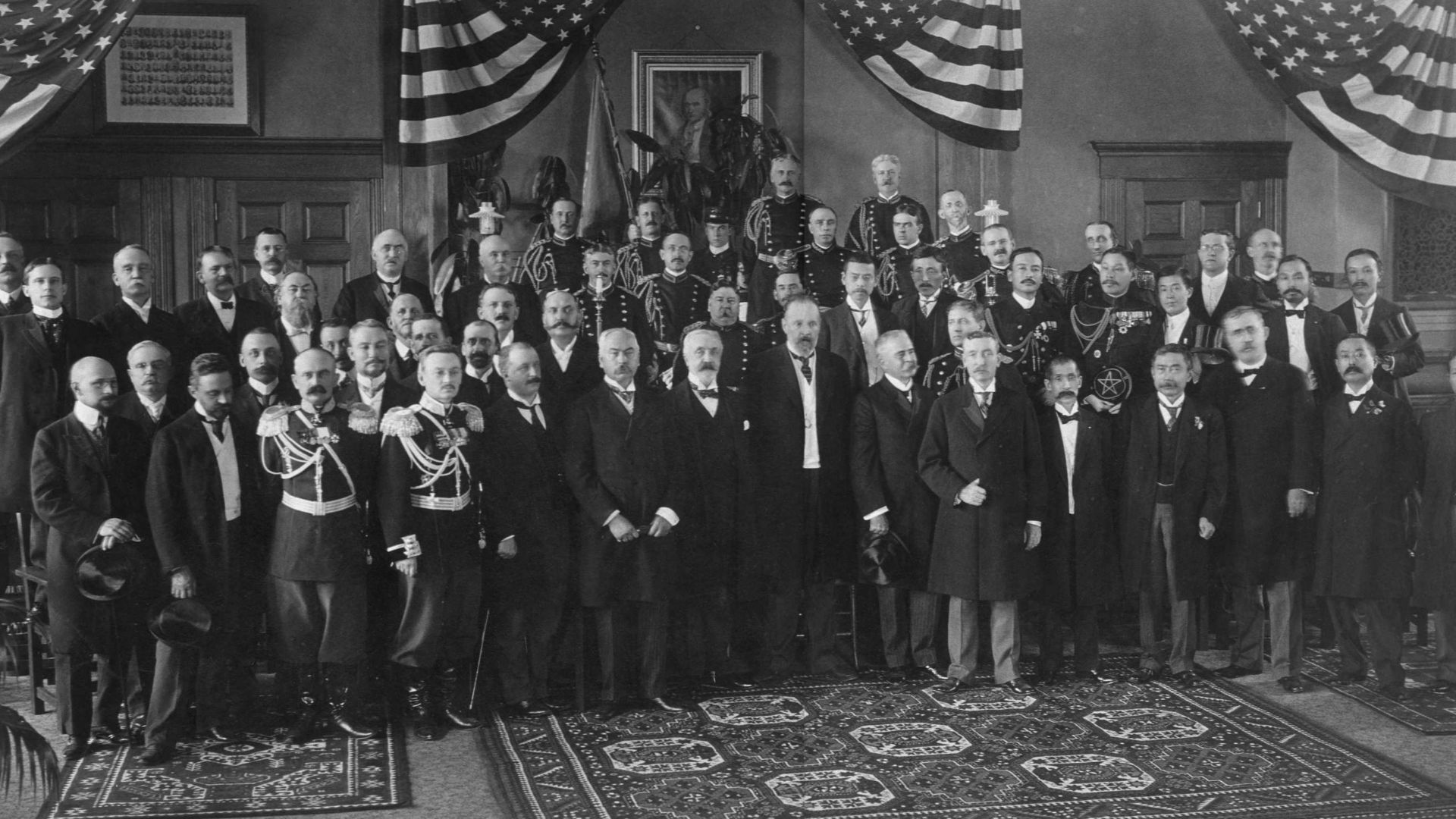 W.G.C. Kimball, Fotograf aus Concord/ New Hampshire (1843-1916), Wikimedia Commons
W.G.C. Kimball, Fotograf aus Concord/ New Hampshire (1843-1916), Wikimedia Commons
The British Are Beaten In The United States
In one of the greatest victories (or defeats, depending how you look at it) of all time, the mighty British Empire was beaten for the last time by the United States in 1776 as a result of the American Revolutionary War. Although the last battle of the American Revolutionary wasn't until 1781 at Yorktown, the US had declared its independence in 1776.
 Benjamin West, Wikimedia Commons
Benjamin West, Wikimedia Commons
The British Lost Everything, America And Empire All At Once
As a result of the Treaty of Paris in 1783, the British were forced to give up the 13 colonies they'd been holding onto. These would be amalgamated into the newly-founded United States of America. The Spanish got Florida back from the British, 20 years after it had been lost, and Britain went home with its tail firmly between its legs. The Empire crumbled in the proceeding century, with American independence as a catalyst.
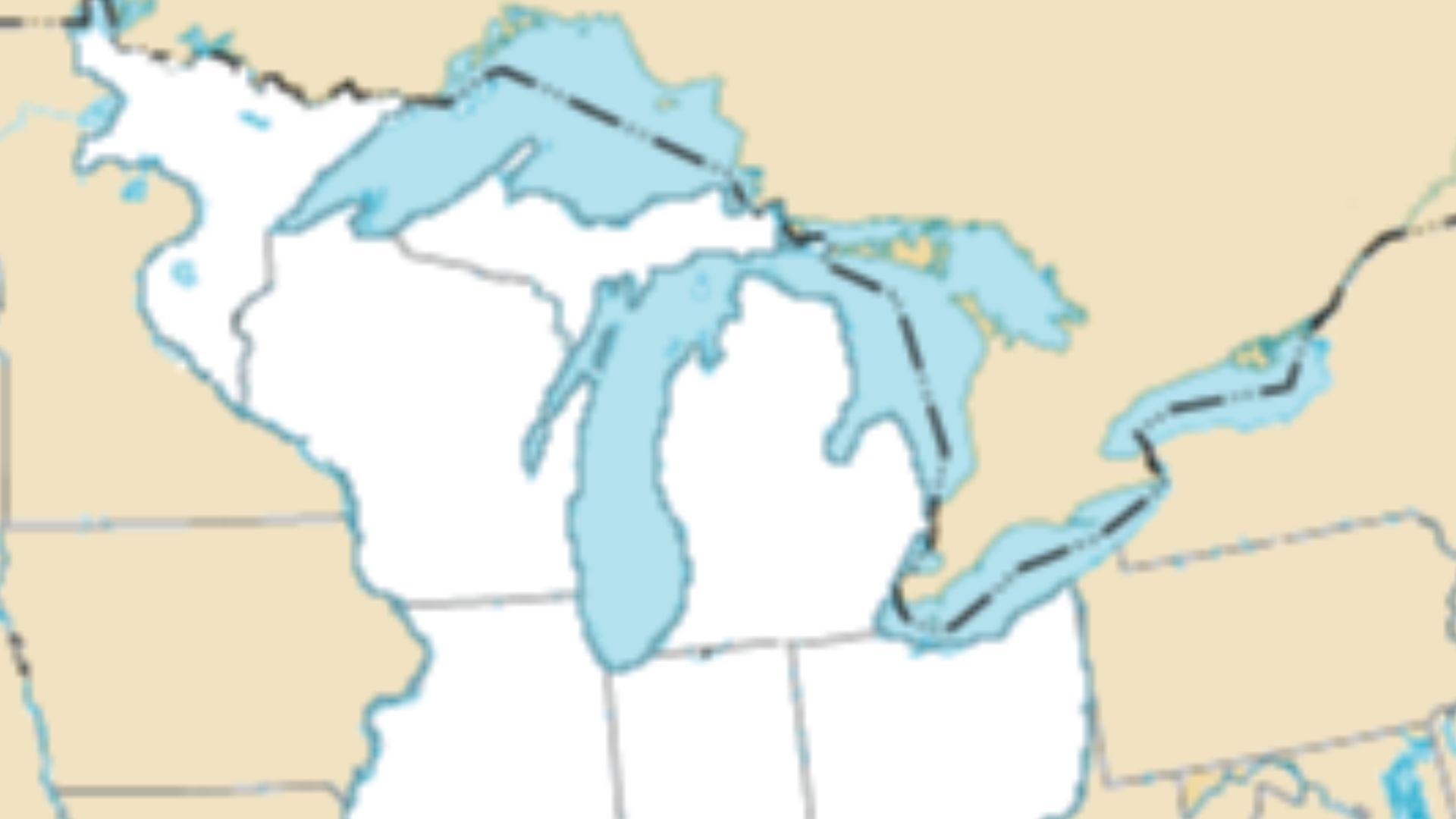 The original uploader was Hotstreets at English Wikipedia., Wikimedia Commons
The original uploader was Hotstreets at English Wikipedia., Wikimedia Commons
You May Also Like:
Scandalous Facts About The House Of Grimaldi
Dangerous Facts About Franz Ferdinand, The Catalyst Of WW1

